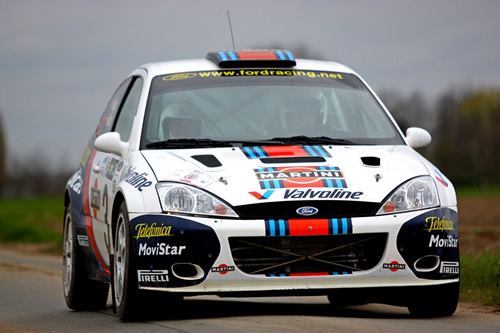Background
The first version of the car was built in 1999 to replace the Escort WRC. It debuted in the Monte Carlo Rally and was immediately on the pace, setting many fastest stage times, but the use of an illegal water pump meant that the two cars were excluded from the event. The wait for a win did not take long though, as this came just two events later on the Safari Rally, finishing over 15 minutes ahead of the second placed Toyota of Didier Auriol.
The Focus was powered by a transversally mounted engine, which surprisingly had the gearbox mounted longitudinally. This arrangement has pros and cons, the biggest difficulty to overcome was how to turn the rotation from the engine through 90 degrees without detriment to reliability. This responsibility fell on renowned gearbox manufacturer Xtrac who designed a system using a complex series of gears and shafts to achieve the feat. The benefits of having this layout though was the near perfect weight distribution of 52/48 front to rear.with the front of the car accounting for 52% and the rear for 48%. In addition with having the gearbox mounted this way it could be changed quickly and easily during a service, without having to remove the left front strut as you would in a road car.
This Car
This is a genuine works Ford Focus WRC car that has seen action in a number of WRC events
Year Event Driver 2001 Acropolis Rally, New Zealand Rally, Network Q Rally GB Carlos Sainz 2002 Rally Sweden, Rally Cyprus, Acropolis Rally Markko Martin 2002 Monte Carlo Antony Warmbold 2003 Full WRC Season Antony Warmbold 2004 4 WRC Events Antony Warmbold 2007 Rally Ireland George Tracey
Technical
Engine : four-cylinder, 2ltr, in-line, transversally mounted in the front of the car, twin overhead camshafts, four valves per cylinder, 300+ bhp
Induction : Fuel Injected, Turbocharged

